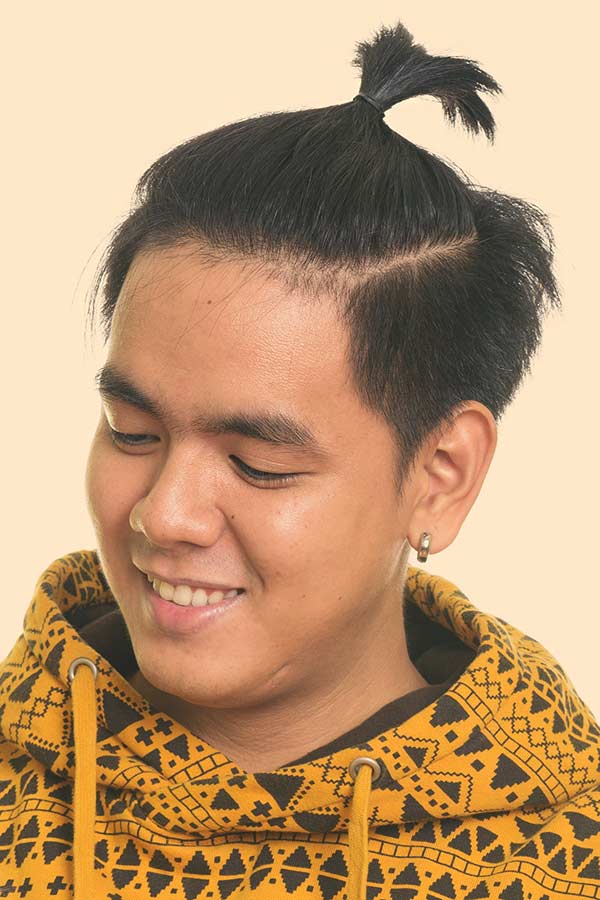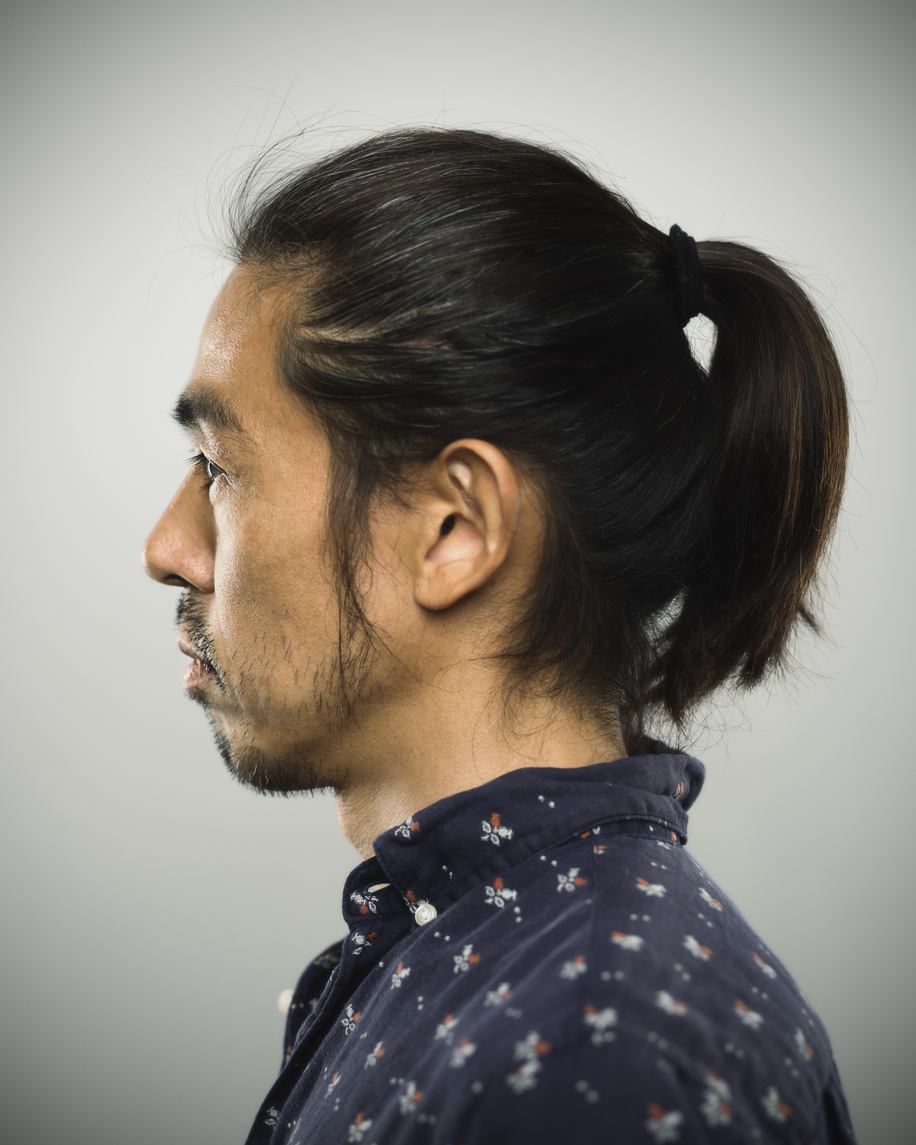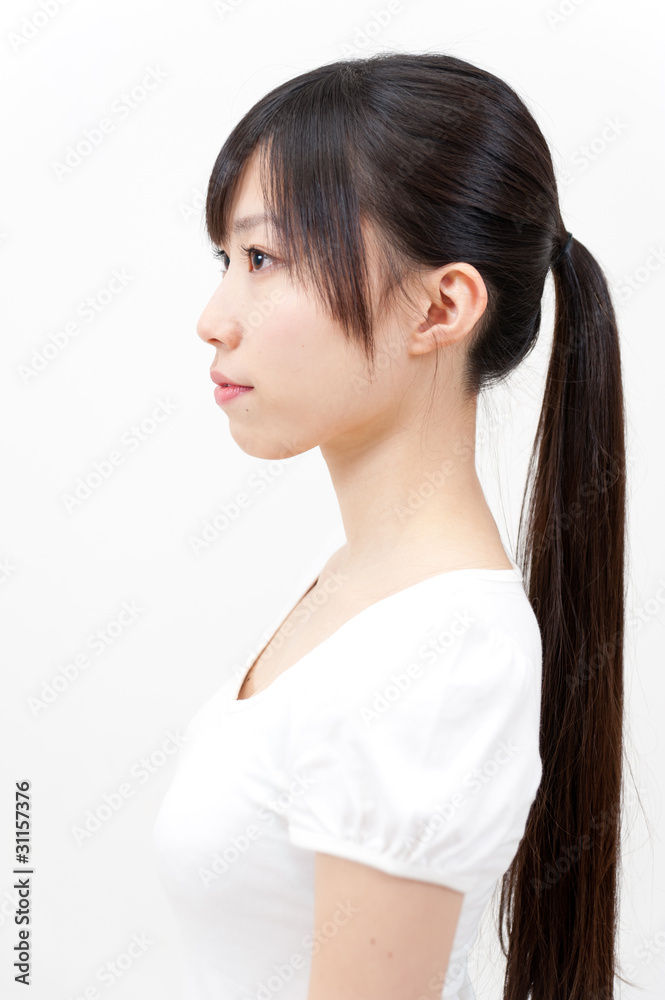Ace Info About What Is The Chinese Ponytail Cute Girls Hairstyles Sock Curls

It was a compulsory hairstyle imposed by the government to.
What is the chinese ponytail. A ponytail is a hairstyle in which some, most, or all of the hair on the head is pulled away from the face, gathered and secured at the back of the head with a hair tie, clip, or other similar accessory and allowed to hang freely from that point. When the manchu people took on their conquest of china, the ponytail was forcefully introduced to the han chinese men. The shaved head hairstyle was commonly worn by buddhist monks and nuns.
[1] [2] [3] [4] [5] hair on top of the scalp is grown long and is often braided, while the front portion of the head is shaved. In this hairstyle, the front and sides are shaved, and the rest of the hair is gathered up and plaited into a. The rattail usually hangs naturally;
The samurai hairstyle is a variation of the man bun, and inspired by the skilled, fearsome warriors from japan. The pony tail was originally ordered by manchu for tang men to wear in order to oppress them, but it later became a symbol of male pride. However, it can be braided, treated as a dread, permed, straightened, poofed, or curled with an iron.
On important occasions, having one’s buns well decorated using the whole package represented elegance and social status. Combination of chinese bang with ponytail is a hairstyle so dearly worn in the 2000s. Do you ever wonder why chinese people are always portrayed with pony tails in traditional gung fu movies?
Many women in professional fields wear a sleek ponytail as a symbol of their confidence and assertiveness. Prior to this conquest, both han chinese men and women would style their hair in top knots and buns. And many women think it should stay there.
The queue is a hairstyle in which the hair is worn long and gathered up into a ponytail. By imposing the hairstyle on all chinese, regardless of social class, occupation, or geography, the manchus may have achieved the opposite of their goal. It symbolized a rejection of materialism and represented spiritual purity.
Pigtails are a style where the hair is parted in the middle and each section is pulled back and secured with a hair tie. Introduction to different types of chinese hairpins, crowns, and other head decorations throughout history. A queue or cue is a hairstyle worn by the jurchen and manchu peoples of manchuria, and was later required to be worn by male subjects of qing china.
It gets its name from its resemblance to the tail of a pony. Chinese men wore ponytails, known as queues, as a symbol of submission to the ruling qing dynasty during the 17th to 20th centuries. Soldiers and laborers often wore their hair in a simple ponytail.
Rather than unifying the empire, the queue helped unify chinese opposition to it. In some regions of china, traditional culture related the wearing of pigtails to a girl's marital status. A look possessed of multiple personalities and social signifiers, the ponytail can seem like the simplest of possible ’dos while also adapting to changes in culture and social mores — and it has.
Married women in ancient china wore their hair tied up in a variety of styles ranging from the practical to the elaborate, depending on social rank and contemporaneous fashions. Ponytails are a style where the hair is pulled back and secured at the base of the neck with a hair tie. Although most chinese women have straight hair, we also have a few with curly hair.




















![5 Chinese Bang Hairstyles with Ponytail to Rock [2024 Trend]](https://hairstylecamp.com/wp-content/uploads/chinese-bangs-with-ponytail-2.jpg)

![5 Chinese Bang Hairstyles with Ponytail to Rock [2024 Trend]](https://hairstylecamp.com/wp-content/uploads/chinese-bangs-with-ponytail-7.jpg)
